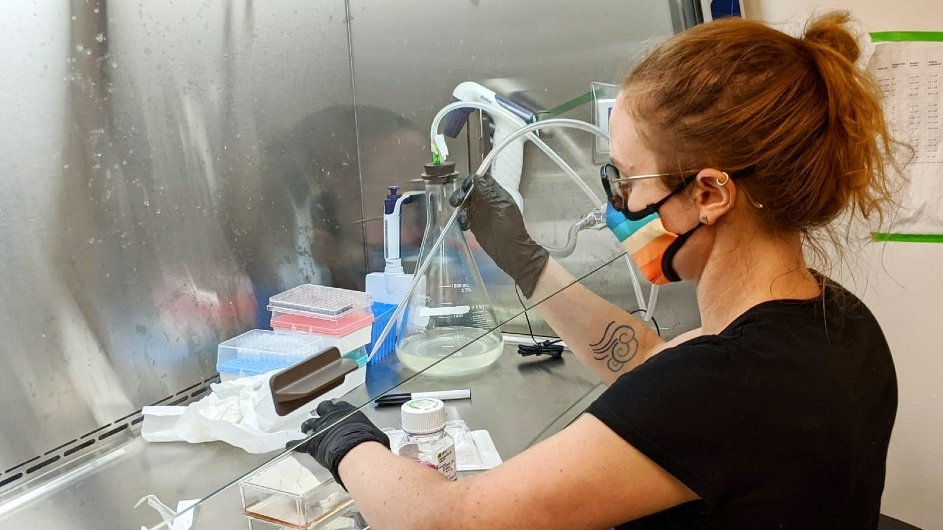In the Lab is a Columbia News series devoted to the interesting work—scientific, humanities-based, or interdisciplinary—of faculty and students.

Abdus-Saboor, a neurobiologist, traces his path to Columbia and explains his fascination with a rodent that rarely feels pain.

In a new study, PhD students Gabriel Bridges and Shifra Mandel help show that both poles of Jupiter are aglow with high-energy light.

Tessa Montague, a postdoc at the Zuckerman Institute, studies the neural basis of camouflage in cuttlefish.

Bentley Shuster, a postdoc, spoke about life in the lab and her attempts to program soil-dwelling bacteria to shrink tumors in mice.

Columbia postdoc Cascade Tuholske builds maps to understand how humans interact with our environment.

What's a neutrino and how do you detect one? Columbia physicist and neutrino hunter Georgia Karagiorgi explains.

PhD student Ashley Bransgrove describes his new study on black holes' magnetic fields.